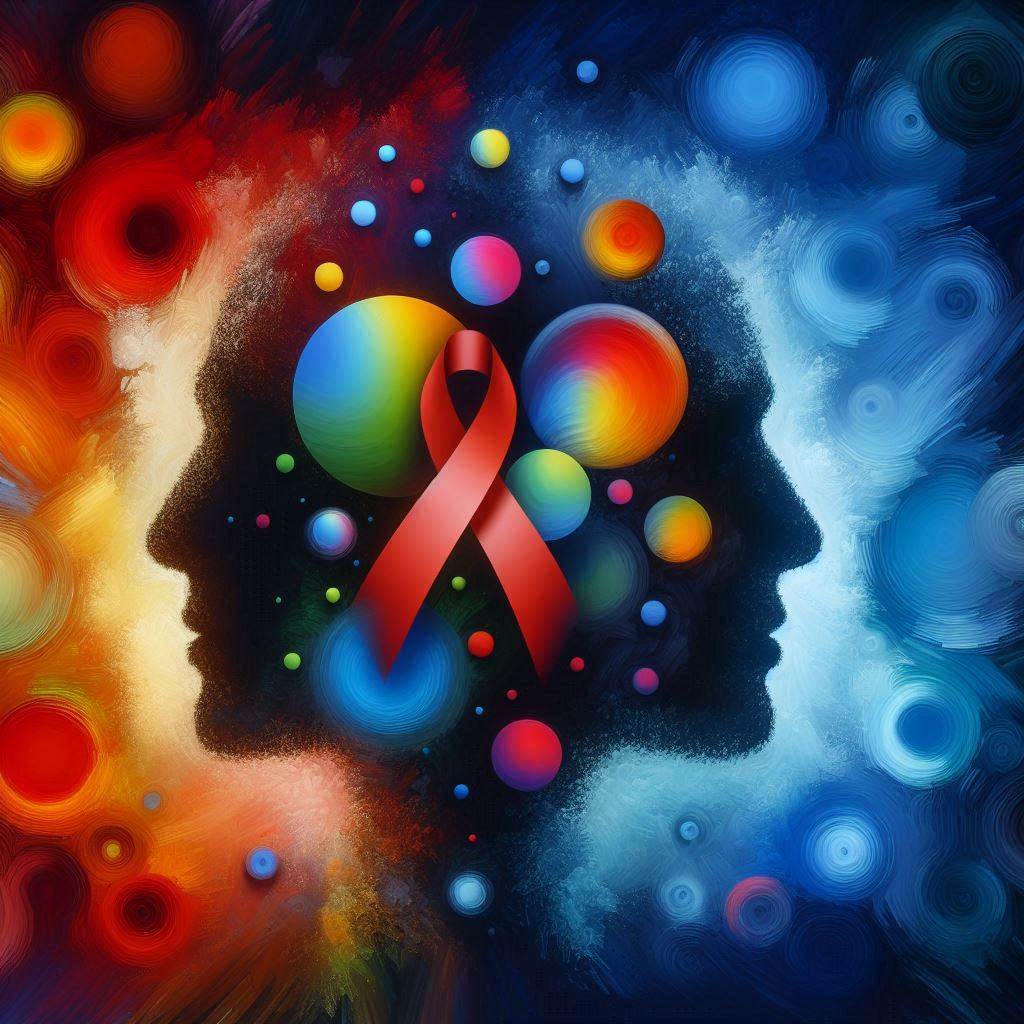If HIV were a storm, it wouldn’t be just one — it would be a twin cyclone, swirling from different directions, touching down with varying force. HIV-1 and HIV-2 are the two distinct forms of the virus that causes AIDS, and while they come from the same ancestral roots, they travel through the human body — and the world — very differently.

To fully answer the haunting question “where did AIDS come from”, we must trace the paths of both of these viral siblings: how they were born, how they spread, and how they differ.
The Ancestral Whisper: Where It All Began
Here, in the quiet canopy, lived SIV (Simian Immunodeficiency Virus) — a virus that infected monkeys and apes for centuries without wiping them out. This was the precursor, the ancient echo of what would become HIV.
Through zoonosis — the jump of a virus from animal to human — SIV mutated into two separate human-adapted viruses: HIV-1 and HIV-2. They did not come from the same monkey, nor at the same time.
So when people ask, “where did AIDS come from,” the answer begins here — not with one origin, but two, both rooted in interspecies viral transmission.

HIV-1: The Global Storm
HIV-1 is the virus most people refer to when they mention HIV.
- Origin: HIV-1 is believed to have come from chimpanzees (specifically the Pan troglodytes species) in Central Africa.
- Spread: Due to its high transmissibility, HIV-1 quickly became a pandemic.
- Subtypes: HIV-1 has several subgroups (M, N, O, and P). Group M is responsible for over 90% of global infections.
It’s the version that made headlines, devastated communities, and triggered global health emergencies.
So again, where did AIDS come from? If you’re talking about the worldwide epidemic, HIV-1 is your answer.
HIV-2: The Quiet Twin
While HIV-1 is a wildfire, HIV-2 is a slow-burning ember.
- Origin: HIV-2 originated in sooty mangabey monkeys in West Africa.
- Spread: HIV-2 remains mostly contained within West Africa, with limited spread to Europe and India. It is less infectious than HIV-1.
- Symptoms and Progression: HIV-2 progresses more slowly. People with HIV-2 may remain asymptomatic for years longer than those with HIV-1, and some never develop AIDS.
Its ability to evade widespread transmission is the reason many outside West Africa haven’t even heard of HIV-2. Yet, its existence is crucial in answering the question: “Where did AIDS come from?” Because it shows that multiple cross-species transmissions occurred, producing different viral forms with distinct effects.
HIV-1 vs HIV-2: Key Differences at a Glance
| Feature | HIV-1 | HIV-2 |
|---|---|---|
| Animal origin | Chimpanzees | Sooty mangabey monkeys |
| Geographic reach | Global | Mostly West Africa |
| Transmission rate | High | Low to moderate |
| Disease progression | Faster | Slower |
| Treatment response | More responsive to ART | May need different regimens |
| Recognition | Widely studied and known | Less recognized globally |
Why It Matters: Learning from Both
Understanding the dual identity of HIV helps scientists develop broader treatments, vaccines, and policies. What works for HIV-1 may not work for HIV-2, especially in West Africa, where both types may co-exist.
And for public health historians and virologists, knowing that AIDS has more than one biological root helps answer the question “where did AIDS come from” with precision, not panic.
Two Shadows, One Global Impact
AIDS is not a single-origin story. It’s a tale of two viruses — one loud, one quiet — both born from the same evolutionary tree but climbing it differently. Whether through the aggressive spread of HIV-1 or the subtle persistence of HIV-2, both have taught us that nature is complex, borders are porous, and viruses can evolve in silence.
So next time someone asks, “where did AIDS come from,” the answer is this: from two ancient forests, two silent leaps, and one virus that learned to wear two faces.


